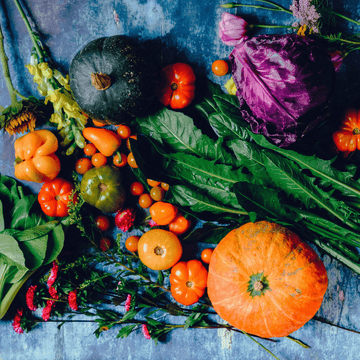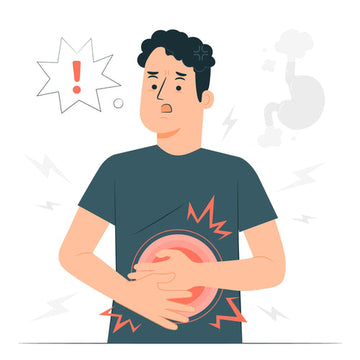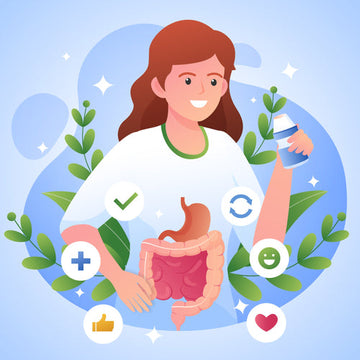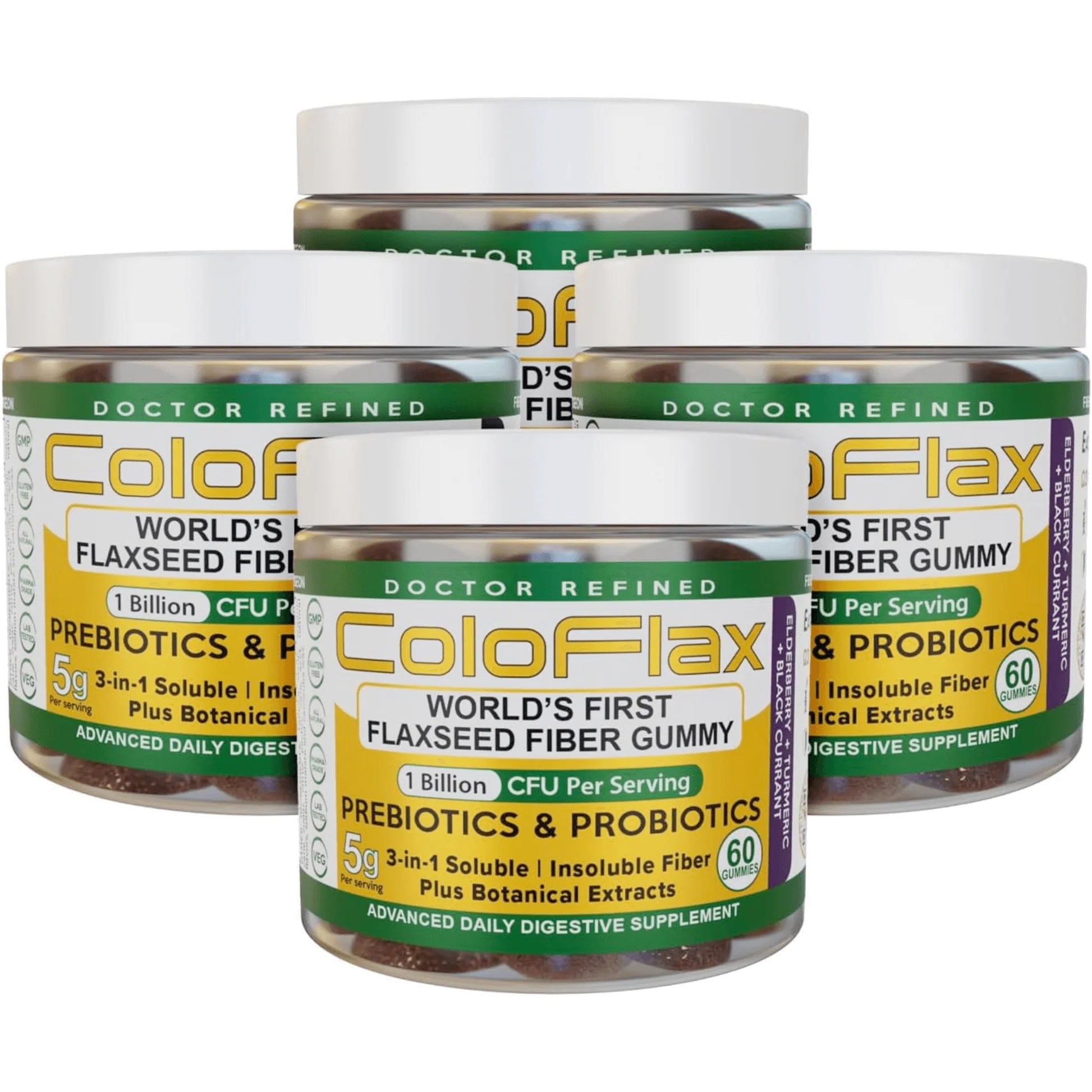All vegetables are good for you, and the more of them that you eat, the better. They are high in fiber, low in fat, and packed with vitamins, minerals, and antioxidants.
But some are more nutrient-dense than others, and you should consider adding these superfood vegetables to your diet.
Peas

Peas are often overlooked in the superfood stakes. It seems that they are not as fashionable as some of the other vegetables on this list, but they deserve way more respect than they are given.
Firstly, a single cup of peas (120 calories) contains about 8g of fiber and 8g of protein. It also provides close to 100% of your recommended daily intake of vitamin C, as well as more than 20% of Vitamin A.
Just as importantly, green peas are full of antioxidants, including both zeaxanthin and lutein. They are sweet, cheap, and delicious, and that’s not all.
Peas that are dried and processed become yellow and green split peas. These are the “peas” in “pea protein” powders. They are incredibly high in protein and very low in fat. They also contain a wealth of vitamins and minerals and taste great in a winter soup or stew.
You will struggle to find another food that contains such a high concentration of fiber and protein with so few calories. Green peas also freeze including well while split peas are dried and can be stored in your pantry. There’s no excuse not to have these little superfoods in your kitchen.
Beets

How many times have you looked into the toilet bowl and nearly had a heart attack, only to remember that you ate beets the night before? We’ve all been there, and some even stop eating beets to save themselves from the panic.
But these root vegetables are as healthy as they are delicious. A single cup of beets contains 4g of fiber and is a good source of iron, folate, and vitamin C, as well as a number of minerals. More importantly, beets are rich in antioxidants, including betaine, and these compounds can contribute to overall health and well-being.
Macronutrients and micronutrients aside, the real power of beets comes from something known as nitrates. It’s one of the best sources of these compounds, and that could be great news for your cardiovascular health.
Nitrates convert to nitric oxide, which helps to dilate your blood vessels and can support the health of your blood vessels.(1)
Regular consumption of natural nitrates could greatly reduce your risk of many chronic conditions.
Arugula

Arugula has an even higher concentration of nitrates than beets, making this peppery leaf the perfect addition to your salad.
Also known as salad rocket, Italian cress, and rocket, Arugula comes from the Brassica family, one that includes several other super healthy foods (foreshadowing!).
Arugula is low in fat, sugar, carbohydrates, and calories, but it’s high in fiber, and in addition to its nitrate content, it also comes loaded with calcium, folate, potassium, vitamin A, vitamin C, and vitamin K.
One of the great things about arugula is that it’s easy to add to a range of dishes, including salads, wraps, sandwiches, burritos, and even pizza.
Sweet Potatoes

The thing that makes sweet potatoes orange is also the thing that earns them a place on this list. Beta-carotene is a pigment responsible for orange and yellow hues, but it also gets converted into vitamin A in the body.
Vitamin A is a fat-soluble vitamin that supports immune and reproductive health while also aiding with growth and development. A single sweet potato contains over 130% of your recommended daily intake of vitamin A. It also contains 4g of fiber and a host of other vitamins and minerals, including C and B6.
Furthermore, a study conducted in 2021 found that sweet potato consumption could help with conditions such as hyperglycemia and dyslipidemia, effectively supporting blood sugar and cholesterol levels. (2)
If you find sweet potatoes with purple flesh, don’t pass them up. The purple color is produced by antioxidants known as anthocyanins. As with beta-carotene, anthocyanins could provide many health benefits.
Broccoli

The stereotypical bodybuilding diet is one of rice, chicken, and broccoli, usually steamed and often eaten between 5 and 6 times a day. In reality, few bodybuilders or athletes have such a one-dimensional diet, but it’s still a very healthy meal that they eat on a regular basis.
After all, rice (and brown rice in particular) is a great source of carbs, chicken is low in fat and high in protein, and broccoli provides much of the fiber that you need in combination with many nutrients.
You should never restrict yourself to a single vegetable or food group, but if you were to do that, broccoli would be a good choice.
A cup of broccoli will give you nearly your full DV of vitamin C, along with over 75% of vitamins and minerals like manganese, potassium, and folate. It’s high in antioxidants, as well, and it contains 2.5g of both fiber and protein.
To put that into perspective, a cup of broccoli contains just 31 calories. If you have a few servings of this superfood every day, you’ll get very close to meeting your daily fiber needs, as well as your DV for several nutrients.
Spinach

Popeye’s favorite food is high in protein and fiber, as well as calcium, iron, magnesium, potassium, folate, and vitamin A. It’s easy to cook with spinach as it wilts down and works well in a variety of dishes. Alternatively, you can add baby spinach leaves to a salad and eat them raw.
Spinach contains a number of antioxidants that can support overall health and well-being, including lutein, quercetin, zeaxanthin, and kaempferol. It’s also a good source of nitrates.
Kale

Kale is a nutrient-dense leafy green. Just like broccoli, it is high in fiber, protein, and nutrients. It is a fantastic source of vitamin A and vitamin K. In fact, a cup of kale will give you over 200% and nearly 700% of your DV for these important nutrients.
Curly kale is the most common type of kale, but if you want to take things to another level, look for covolo nero. This Italian vegetable is actually a type of cabbage (the name means “black cabbage” in Italian), but it’s often sold as kale and is known in the USA as black kale or Tuscan black kale.
Kale is often bitter and fibrous, and it doesn’t cook down as much as spinach. However, it can be added to a range of stews and other hot dishes or thrown into a smoothie.
Dandelion Greens

Dandelion greens are an acquired taste, and they’re not all that popular here in the US, but you will find them in a number of dishes throughout the Mediterranean, including the Greek dish Horta.
A single cup of these greens contains just 25 calories, yet it provides more than 500% of your DV of vitamin K and over 100% of vitamin A. They are also a good source of iron, vitamin E, calcium, and vitamin C, as well as many other trace nutrients.
Research suggests that dandelion greens have a diuretic effect, leading to their use as a weight loss food/supplement. They have also been studied for their ability to support digestive, heart, and liver health, making them one of the most overlooked superfoods out there.
Dried dandelion leaves are fairly easy to get your hands on, but if you’re going to be eating them, it’s best to buy them fresh and use them as you would arugula. You could even mix them with a handful of arugula, some chopped beets, a handful of spinach, and your favorite dressing to create the ultimate superfood salad.
More of the Healthiest Vegetables

The above vegetables are just some of the super-healthy foods that you should consider adding to your diet. There are many more than we overlooked, foods that deserve a mention either because of their fiber content or because they’re loaded with vitamins, minerals, and antioxidants.
Here are a few more:
- Onions: Not only do they provide the perfect base for a range of delicious dishes, but onions are also high in an array of vitamins and minerals. Who knew that French onion soup could be good for you? Minus the pound of butter, of course.
- Cabbage: A food staple in many parts of the world, cabbage is high in fiber, vitamin C, and other nutrients. It’s also a very versatile vegetable and is one of the most palatable of all leafy green vegetables.
- Collard Greens: A cup of collard greens contains about 4g of protein and over 6g of fiber. You’ll also get a healthy dose of calcium and lots of free radical-fighting antioxidants.
- Swiss Chard: At just 7 calories per cup, Swiss chard is incredibly low in calories, fat, and carbohydrates. Despite this, it contains 1g of fiber and 1g of protein. That might not sound like much, but if you scale it up, it means that 70 calories worth of this vegetable contains 10g of both protein and fiber. Swiss chard is also a good source of vitamins C, K, and A, as well as manganese and magnesium.
- Brussels Sprouts: You either love them or hate them, but you can’t argue with the health benefits of these mini superfoods. Brussels sprouts have a pungent, bitter taste, but they are a fantastic source of fiber, minerals, and antioxidants.
- Cauliflower: Cauliflower is everywhere these days. It’s being turned into rice, veggie steaks, and more. It’s very versatile, and it’s also good for you. A cup of cauliflower contains 3g of protein and fiber and it’s also a great source of vitamin C, folate, and vitamin K.
- Asparagus: Asparagus goes well with a little butter or oil and doesn’t need much cooking. It’s a source of selenium, folate, vitamin K, riboflavin, and thiamine. It’s also rich in antioxidants.
The Benefits of Eating More Vegetables
Remember, while some vegetables have more fiber and nutrients than others, variety is important. The more color that you can add to your plate, the more your body will benefit. If you want to get the maximum benefits from the above vegetables, don’t just pick one of them and eat as much of it as you can.
Fruit is also packed with nutrients while seeds are loaded with healthy fats. It’s all about balance, but vegetables and other plant-based foods play a big part in helping you to meet your goals.
If you want an easy way to add high-quality fiber to your diet, check out ColoFlax Fiber Gummies, a one-dose-a-day gummy that tastes great and will keep your digestion in check.






